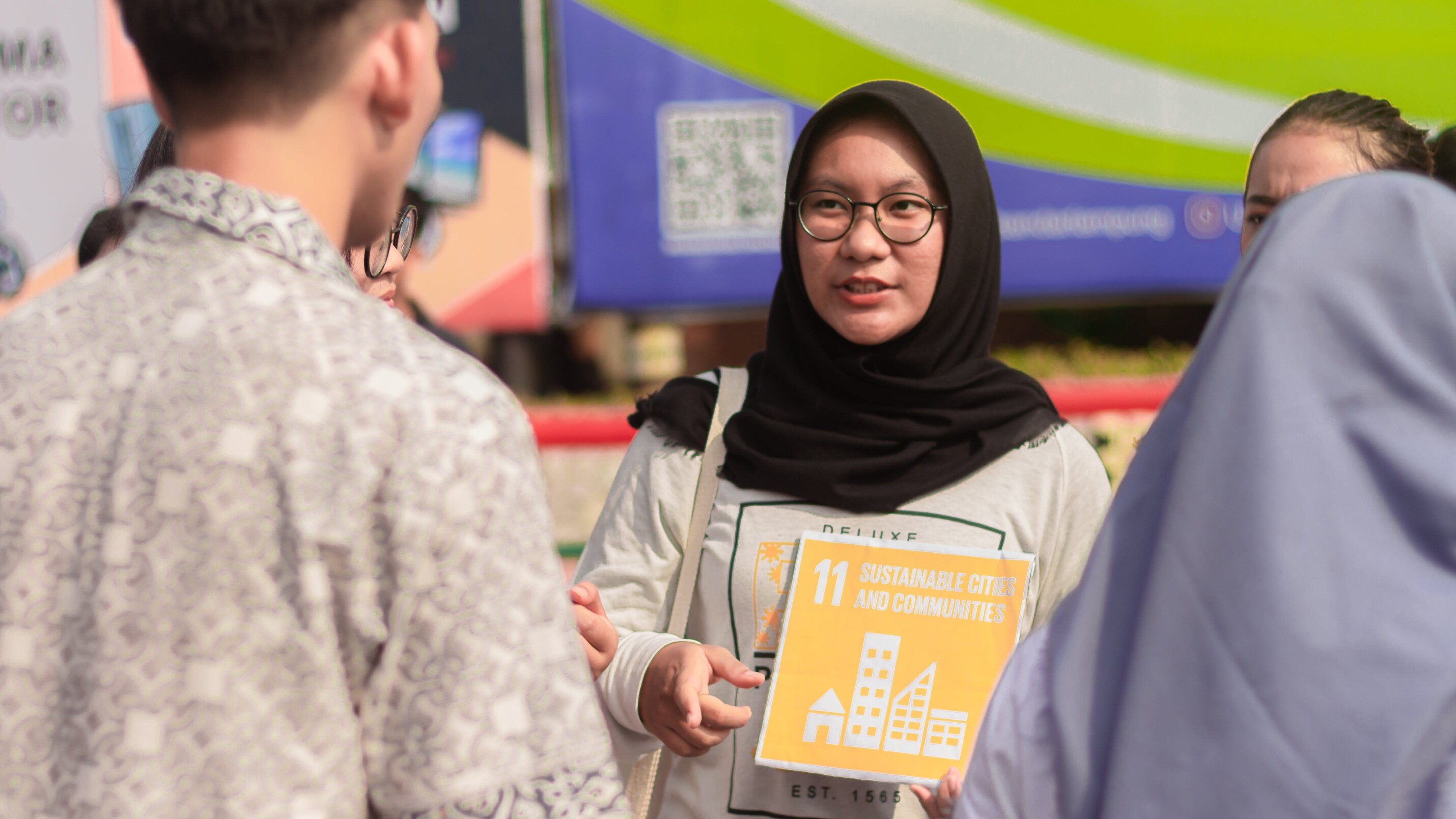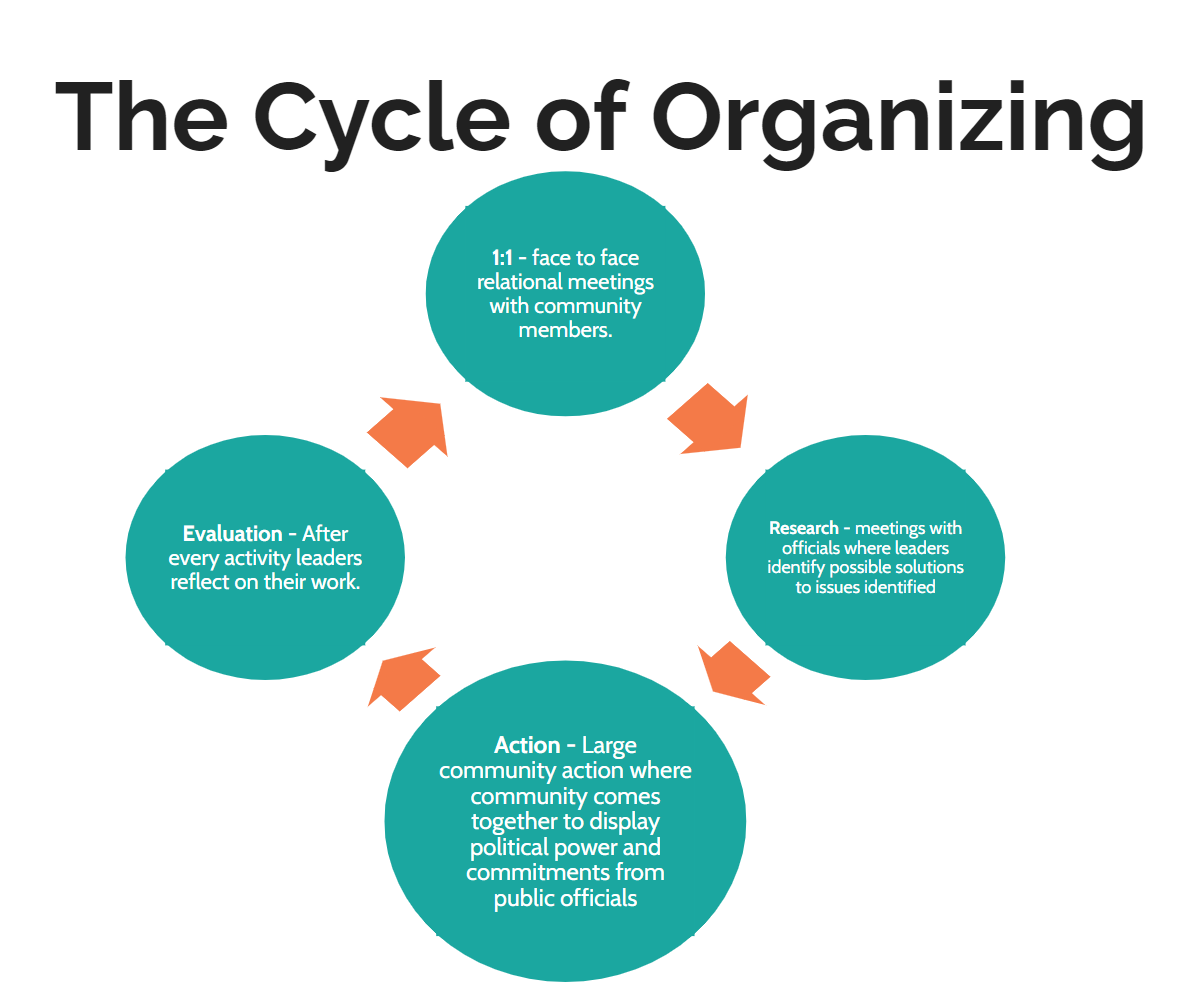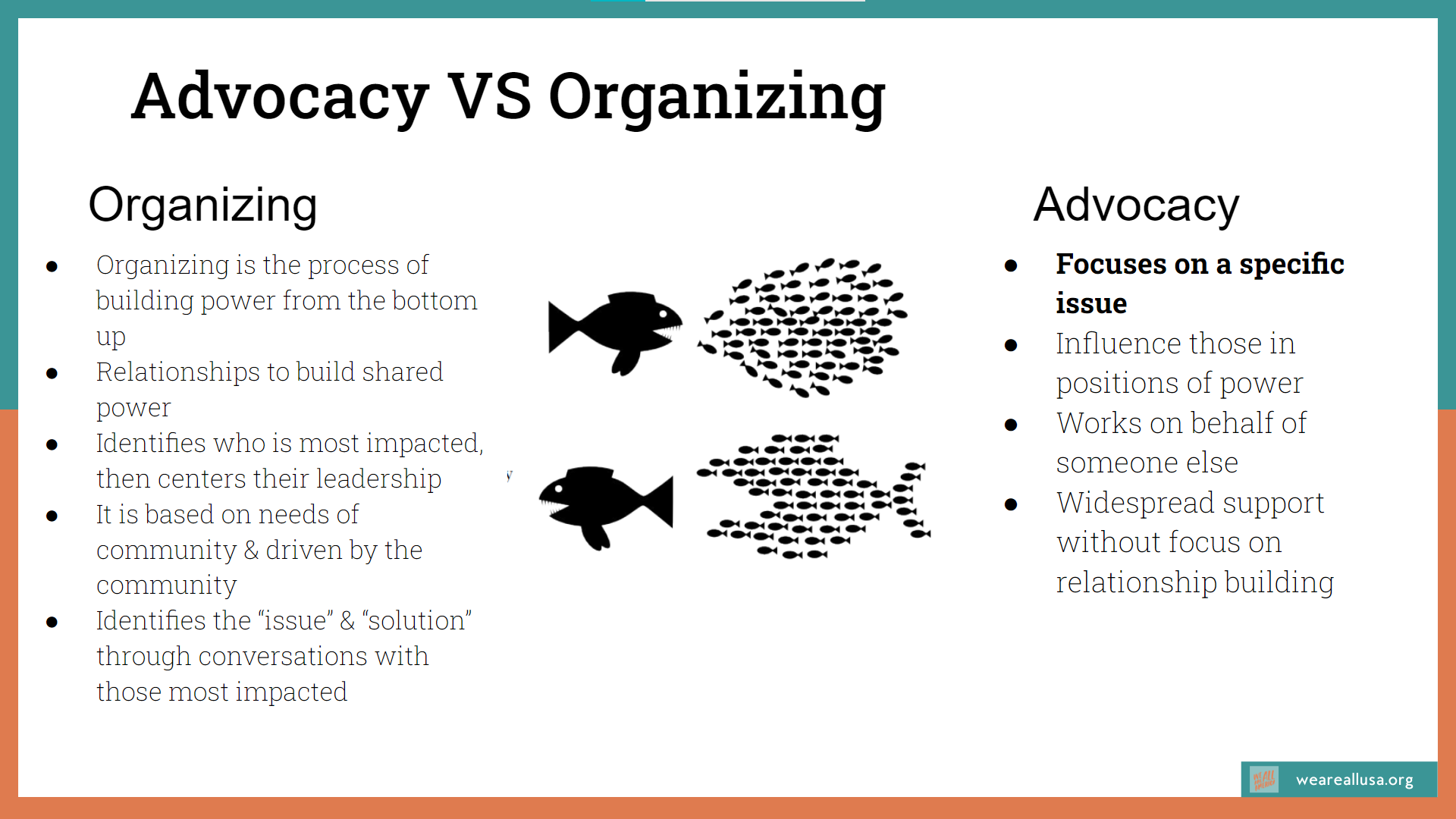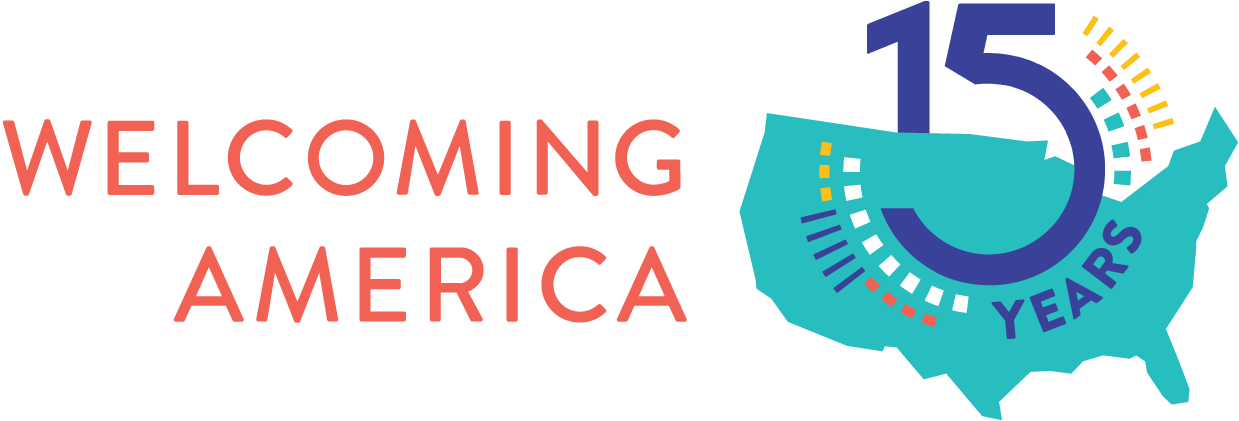
Organizing 101: How nonprofit advocates can bring local government along for the welcoming journey
If you’ve ever wondered why key leaders aren’t at the table in your community’s welcoming coalition, the answer may be that your table isn’t big enough.
With over 15 years of working with local governments and nonprofits, Welcoming America has seen many local nonprofits lead a community’s welcoming efforts. Many of these advocates have built community-wide welcoming infrastructure even when they’ve been unable to engage local government leaders. But to truly reach everyone, they know they need local government to engage and invest in welcoming.
That’s where organizing and advocacy comes in. Using organizing tools to understand the values, goals, challenges, and needs of the stakeholders in your community — including local government leaders — can help you build a bigger table of welcomers where everyone is represented and has a stake in making inclusion and belonging a reality.
“It makes sense that this work often starts in nonprofits, since we see the direct needs of the community. That direct connection and collaboration builds trust to move our community forward together.” — Christa Yoakum, senior welcoming coordinator at Nebraska Appleseed
Learning from each other
With these ideas in mind, Welcoming America hosted “Building a Bigger Table: An Organizing and Advocacy Learning Lab” in 2023 to equip nonprofit leaders and other champions of welcoming with the advocacy and organizing skills needed to bring local government to the table and work together.

Credit: We Are All America
Nonprofit leaders weren’t the only participants eager to develop these skills: libraries, elected officials, economic development organizations, and local government employees took part in the learning lab to build their capacity to influence leaders to step up and take part in their community’s efforts.
Over four sessions, participants learned from guest speakers about how communities are building belonging together. In one session, leaders from We Are All America’s network shared their top organizing and advocacy tips that can make a difference in bringing everyone to the table:
- Build a coalition and meet regularly. Ensure you’re hearing from everyone, from community members to decision-makers, to have a holistic view of needs and opportunities.
- Research issues and propose solutions. Rather than just naming the problems or gaps in the community’s welcoming work, be a resource that can help guide leaders to a solution.
- Organize community-wide actions and highlight specific ways for each stakeholder group to get involved. More voices = more reasons for leaders to take action.
- Evaluate and reflect on each activity to ensure you’re on the right track.
“We are looking at next year’s strategy and goals for community and municipal engagement, so I’m sure we’ll use different pieces of information and tools from the training.” — Learning lab participant
Getting local government buy-in
In another session, two local government leaders talked about how their city governments came to the table to meet their community’s calls for immigrant inclusion. A few successful strategies stood out for getting buy-in from their local government:
- Become familiar with the mayor’s priorities. Are there city- or county-wide strategies that you can support with your welcoming priorities? Make the connection to show how your work will advance the community’s goals.
- Share data that makes the case for why welcoming is needed in your community.
- Look for opportunities to collaborate. Build relationships with people in key offices and invite them to coalition meetings to listen and speak. Apply for grants with your local government so you both have a commitment — and the financial resources — to create long-term welcoming infrastructure.
“As soon as you find a champion, help that person find more people to work with.” — Christine Sauvé, community engagement and communications lead at the Michigan Immigrant Rights Center

Credit: We Are All America
Institutionalizing the work
Beyond strategies for how to organize, participants learned what communities should be organizing for. The Welcoming Standard was highlighted as a roadmap with key milestones and accomplishments that mark progress toward becoming a welcoming community.
Many community advocates hope their local government will seek the Certified Welcoming designation as the ultimate sign of commitment to welcoming work. Certified Welcoming has created accountability and helped institutionalize welcoming policies in over 20 communities across the U.S. It’s also an achievement that everyone can celebrate: during the learning lab, the Certified Welcoming team shared how other communities have leaned on their multi-sector coalitions to achieve a Certified Welcoming designation and enjoy their success together.
Building a bigger table is not a solo endeavor, but requires a group with different skills and perspectives to ensure it stands. In welcoming communities, it takes the effort of many to set the foundation for future welcoming policies and leaders to stand on.

